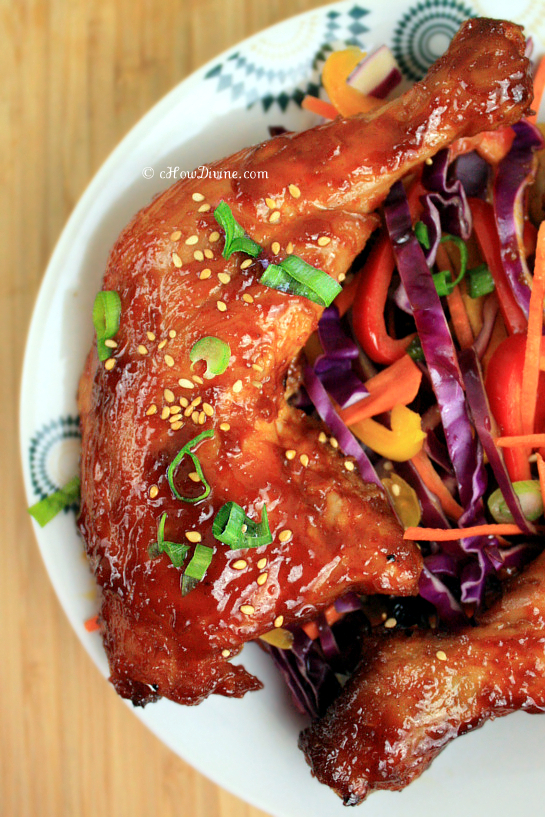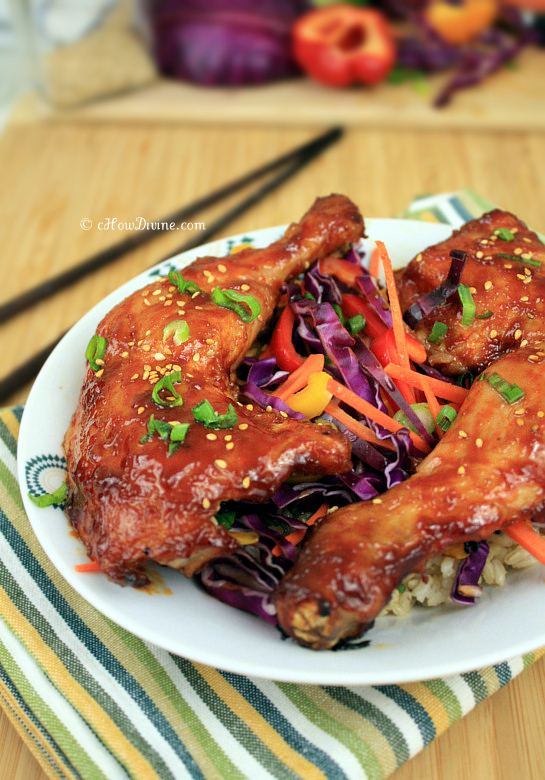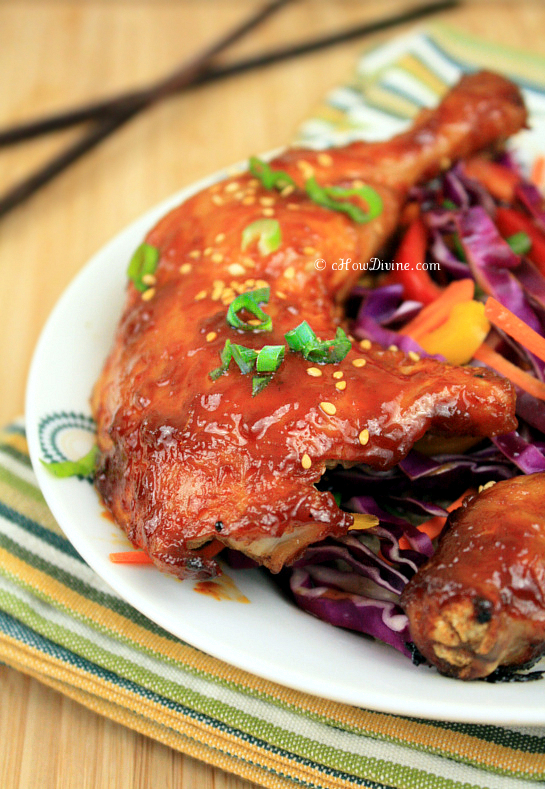Is this a normal course of a person’s evolution? Little by little over the past few years, I became a person I hardly recognize. I was at an event that was attended by a number of celebrities this Monday, including Justin Timberlake. A few years ago, a JT sighting would have had me giddy as a teenager. But do you know who I was most excited to spot at this event? Marcus Samuelsson. Just in case, you are saying huh? He is the chef/owner of Red Rooster in Harlem.
It’s not just that. By the time 10:30pm rolled around, I was dreaming of kicking off my stilettos and slipping my tortured feet into my fluffy, bunny slippers. I just wanted to curl up on my sofa sipping wine while watching a marathon of Alias (Love J. J. Abrams). I asked my husband if we could head home about 2 songs into Mary J. Blige’s performance. He looked at me like I was crazy. And as much as I would like to pretend that we had a particularly sexy or stimulating conversation in the backseat of a cab on our way home, we didn’t. We talked about the tray of chicken legs we had in the fridge. What to do with it. Whether we should roast it or braise it. Oh my god! What’s happened to you, woman?!
We were home by 11:30pm. My husband had a good chuckle about the days when I cursed last call and stayed out until the wee hour of the morning.
Just to state the obvious, I decided to roast the chicken legs. I made some sweet and sticky gochujang glaze to go with it. This has to be one of my favorite ways to prepare chicken legs. The flavors are so Korean: sweet, spicy, salty, and slightly vinegary while still being earthy. The flavors are strong, but they inexplicably go so well together. And these strong, yet harmonious favors, are probably the reason why some call Korean cuisine the naughty cousin of Japanese cuisine.
Cooking Korean cuisine is very much an imprecise art. Most families have different recipes and different preferences. And most Korean cooks don’t measure anything with a modern measuring device. It’s mostly done with the eye and instinct. I’m no different. When I make this, I usually just throw in a big spoonful of this, a sprinkle of that, and a dash of this. Needless to say, it’s taken some discipline to measure everything out since starting this blog. This is all to say, don’t be afraid to adjust the seasoning based on your personal preference. This is how I like mine.
I LOVE things spicy and slightly sweet. Prepare the sauce using the recipe first. Taste it. Adjust if necessary. But my friends, family, and I think this is just perfect.
![]()
Korean Sticky, Sweet, and Spicy Chicken Legs Recipe
Serves 2-3 people
Ingredients
1 – 1/4 lbs bone-in chicken legs
3 garlic cloves
1/2″ ginger
3 TB tamari
2 TB water
1 tsp fish sauce
3 TB + 1 TB agave or honey
1 1/2 TB rice vinegar*
2 TB soju or sake*
2 TB gochujang (Korean red chili pepper paste)
canola or grapeseed oil for cooking
- Add garlic, tamari, water, fish sauce, 3 TB of agave or honey, vinegar, and soju to a blend. Blend until smooth. Add about 3 TB of this mixture to the chicken legs. I usually do this in a ziploc for easy clean up. Marinate for at least an hour, up to 6 hours.
- Pour the rest of the mixture in a small sauce pan. Add 2 generous TB of gochujang and 1 TB of agave or honey into the same sauce pan. Simmer until the mixture gets thicker. It only takes a few minutes. Remove from heat. Allow the sauce to cool. Keep in mind that the sauce will get thicker as it cools. Reserve about a 1/4 cup of this sauce to use as dipping sauce if desired.
- Prepare a baking pan with parchment paper. Take the chicken legs out of the marinade. Pat dry. Place the chicken legs on the prepared baking sheet. Brush them with some canola or grapeseed oil. Cover loosely with aluminum foil. Bake at 400 for about 25 minutes. Remove foil, brush the chicken with sauce/glaze from step 3. Brush with sauce a couple of more times before the chicken is done cooking. Bake for about 20 minutes longer until the internal temperature reaches 165 °F.
- Serve with some steamed rice and veggies, along with the reserved sauce for dipping if desired.
Cook’s Note*:
If you don’t have rice vinegar, balsamic vinegar is an acceptable substitute (I may actually prefer this). Additionally, if you don’t have soju or sake, mirin or dry (pale) sherry is an acceptable substitute.
If you want a richer glaze, sauté the gochujang for about a minute with some oil before adding the mixture from step 1 to the saucepan (instead of adding everything together at once).
If the glaze becomes too thick after cooling, add a little bit of water to thin it out. You can also add a little bit of water if you want to dilute the flavor of the sauce.
If you have any left over, use it as a dipping sauce for meats at a later time. Just refrigerate and reheat as necessary.
You can substitute up to 2 tsp of the gochujang with ketchup if you want to temper the spiciness of the sauce. Yes, ketchup! It works like magic. I promise you.




Wow! Those photos are amazing–now I want some Korean sticky sweet and spicy chicken legs! I totally understand what you’re saying about the imprecise nature of cooking–in fact, we talked about that at the Australian Tourism luncheon. Flavor to taste, as they say, but this sounds like a fantastic starting point. Thanks for the great idea!
Thanks Carrie! These chicken legs go really well with ice cold beer – great to wind down on a Friday. I really like the imprecise nature of cooking, because I’m so lazy in the kitchen! I am determined to bake more this year. A pizza dough is the first on my list. We’ll see how that goes. 🙂 Have a great weekend!
This is something I’d like to have while sipping Soju (cocktail Soju…I hate the taste of straight Soju on its own). It makes a yummy ahnjoo! I always love getting something spicy when I’m drinking at a Korean bar. I love spicy chicken like this and golbeng e muchim.
Lol I always ask myself, “what’s happened to you, woman?” every few years. I’m always evolving (in some good ways and some not so good) as the years go by. But oh well…that’s life I guess.
This is definitely good Korean pub grub. I never liked the taste of straight soju either. I imagine rocket fuel would taste something like that. But I’ll take a mixed soju drink. Yeah, tell me about it; I don’t even realize I’ve changed until I do something that is totally uncharacteristic of me. That’s when I say, “what’s happened to you, woman?” 😀
I would be the same way at this age…just give me slippers and my daily uniform (PJ) and I am good to go on my sofa 😀
The chicken that you made is so delicious looking, and those pictures I just want to grab one leg and eat it like a cave-man haha…looks amazing! I also never measure anything if I am not posting on the blog…just our instinct are perfectly fine, and nobody ever complained.
Thank you for sharing this yummy chicken recipe and have an awesome weekend!
My sofa and elastic-waist pants are my best friends at the end of a long day. It’s funny you mention grabbing the leg, because that’s exactly the reason why I love chicken legs. They are fun to eat. When I’m with my little niece and nephew, I pretend I’m Henry the VIII eating a turkey leg. God, that sounds so much worse on paper. I’m such a dork! Have a lovely weekend with your family Sandra! 😀
Great colors in your photos! And a great recipe – sounds wonderfully tasty. I gotta try this! I have a hard time staying out late these days, too. I need to get enough sleep, and I’ve (finally!) wised up to that. Anyway, good post – thanks.
Thanks John! It’s very flavorful. I think you’ll really enjoy this, especially if you like Korean food. Give it a try! And yes, sleep is becoming more and more important to me. 🙂 Hope you are doing well!
I totally get what you’re saying. I like being in bed by 9PM and sleeping by 10 is my heaven. Not sure how I was able to stay out until 4-5AM during college days.
And these chicken legs look amazing. I definitely have to make this for the boyfriend – he would love them!
Funny how our bodies – AND our priorities – change in a pretty short span of time. These days, going to bed after midnight is asking for trouble!
My family members, who are spicy-food fiends, love this. I hope you and your boyfriend like it too. Thanks Chung-Ah!
That chicken is so brightly colored and shiny – just begging for my toothmarks 🙂
Thanks Maureen! I have a hard time waiting for them to cool down a bit. My toothmarks are on them way before that! 🙂
“Naughty cousin of the Japanese cuisine” I love this! Perfect description of the Korean cuisine indeed. Your sticky sweet and spicy chicken legs look irresistible and soooooo Korean 😉 Gochujang, some syrup, some soy sauce, some garlic… anything seasoned this way will taste excellent.
By the way, I made your hot and sweet chickpeas yesterday. They were amazing! Thank you so much for the excellent snack recipe. It was so much better than chips…
Next goes this sticky chicken!
I’m so glad you liked the chickpeas! Thanks for letting me know how they turned out.
I love this type of spicy seasoning too. It’s very Korean. 😀 It’s great with pork as well. I hope you like it. Thanks Sissi! Have a great week!
Ohhhhhh these chicken legs look so delicious!!!!!!!! And what a surprise to find out we can substitute a little of gochujang with ketchup. My kids and I eat mild spice so this is a great advice (while my husband will tell me to keep his super spicy). Thanks for this easy delicious chicken recipe!!!!
Thanks Nami! Surprisingly, gochujang and ketchup go very well together. The combination is used for many Korean fried chicken recipes. I’m like your husband tho. I like mine super spicy. Hope you’re having a great start to the week!
That is some finger-licking good chicken for sure. Looks awesome.
Thanks Carolyn! That’s best way to eat them. Dig in with your hands! 😀
Oh that’s SO funny! Somewhere in the distant past I do remember the concerts, the happy hours until closing and standing on your feet all night (but NEVER in heels!). Sounds like you had a fun night even though you were home by 11:30. 🙂 Great choice on the chicken legs! I love you marinade and the outcome is definitely what chicken legs should be – fingerlicking good!
I used to wear stilettos all the time, even to work! But now, I make sure I have some comfy slippers everywhere so that I can change into them once my obligation to look “professionally appropriate” ends. Yes, it was fun. It was, however, too much excitement for a Monday night. 😀
Thanks MJ! These were really yummy. Got my hands dirty in the process, but it was so worth it!
These look finger-licking good!
Thank you! It was most definitely finger-liking good!
I love things that are sweet and spicy as well. So for me…..the glaze may never have made it to the chicken….it looks that good! It sounds like quite an event you attended. And I would have been jumping for joy to see Marcus Samuelsson over anyone else, too….well except for Elizabeth Faulkner! : )
Thanks Anne! The glaze is great for dipping veggies for immediate consumption. 😀 Yes, it was a great event that actually raised a significant amount of money to fight poverty in NYC. I just hoped it wasn’t on a Monday! I think Elizabeth Falkner lives and works in Brooklyn. You should come to NY for a foodie vacay, you may just run into her!
Great way of using gochujang as a baste for roast chicken. Gotta try this one day!
Hope you give it a try Fern! It’s one of my family’s favorite dishes. Thank you and happy Monday!:)